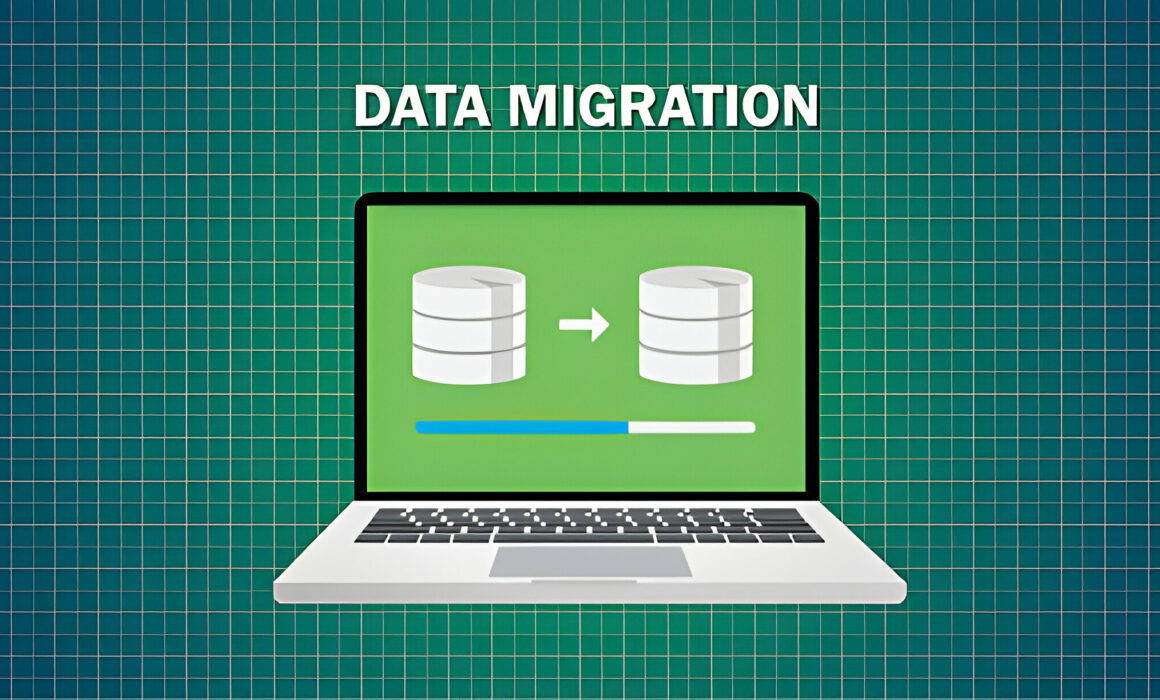How Document Digitization and Database Migration Propel Business Transformation
In business, efficiency is key. Every minute spent sifting through stacks of paper or navigating complex data systems is a minute lost to productivity. That’s why businesses are turning to document digitization and database migration to streamline their operations and discover fresh avenues for their businesses to grow.
What is database migration?
Database migration refers to the process of transferring data from one database system to another. This could involve moving data from an on-premises database to a cloud-based platform, transitioning from one database management system (DBMS) to another, or consolidating data from multiple sources into a single database.
When would you need to migrate your data?
The need for database migration happens for various reasons, including platform upgrades, technology refreshes, mergers or acquisitions, data center migrations, performance optimization efforts, compliance requirements, business expansion initiatives, and disaster recovery implementations. It plays an important role in modernizing IT infrastructure, improving efficiency, and supporting business growth by transferring data between database systems seamlessly.
How do you start the process of database migration?
Digitizing your documents is a foundational step if you are considering database migration. This allows your crucial data to exist in consistent formats and establishes the necessary digital infrastructure for seamless integration and utilization of data assets. If you’re reading this you’ve hopefully already started the process of digitizing your paper files and documents. But if you’re still on the fence here is why it’s a crucial first step toward database migration:
Enhanced Accessibility:
Digitizing your documents means having instant access to critical information anytime, anywhere. No more rummaging through filing cabinets or waiting for files to be retrieved – with digital documents, everything you need is just a click away. If you’re preparing for mass migration, it helps to have everything in one place in similar formats.
Improved Efficiency:
Say goodbye to manual document management processes. Digitized documents can be organized, searched, and shared with ease, freeing up valuable time and resources for more strategic tasks.
Cost Savings:
Transitioning from paper-based systems to digital ones eliminates the need for physical storage space, reduces printing costs, and minimizes the risk of lost or damaged documents. Over time, these savings can add up significantly, contributing to your bottom line.
Enhanced Security:
Physical documents are vulnerable to loss, theft, and damage. Digitized documents, on the other hand, can be encrypted, backed up, and access-controlled to ensure data security and compliance with regulatory requirements.
Scalability:
As your business grows, so does your document volume. Digitized documents can easily scale to accommodate increasing data demands, ensuring that your information management processes remain efficient and effective.
Digitizing documents before database migration helps create a more efficient, user-friendly, and scalable digital experience for your business and customers. At Consentia, we help lay the groundwork for successful database migration by seamlessly converting paper-based records into digital formats, streamlining data accessibility, and empowering businesses to thrive in the digital age.
Next steps
Once your documents are digitized, the next step is to use that data to drive informed decision-making and business success. Database migration plays a crucial role in this process by transferring digitized data into a structured database environment, enabling businesses to discover valuable insights, enhance their operational efficiency, and stay competitive in the industry. Database migration enables businesses to:
Optimize Their Performance:
A well-designed database architecture is essential for maximizing performance and efficiency. Database migration allows you to transition to a more robust and scalable system, ensuring your data infrastructure can keep pace with your evolving business needs. In a world where digital assets move rapidly,
Ensuring Security and Compliance:
Protecting your data is a top priority. Database migration enables you to implement robust security measures and compliance protocols, safeguarding sensitive information and ensuring regulatory compliance across all aspects of data management.
Drive Innovation:
With the right database architecture in place, you can unlock new opportunities for innovation and growth. Advanced analytics, machine learning, and other data-driven technologies can provide valuable insights and drive strategic decision-making, helping your business stay ahead of the competition.
If you’re considering database migration, partnering with local experts at Fabled Solutions is essential. Specializing in Business Intelligence, Big Data Consulting, System Integrations, Custom Software Development, and Web and Mobile App development, they collaborate with businesses across all industries and sectors. Their primary objective is to enhance operations, increase business value, and bring innovative ideas to life. With their expertise, you can ensure a seamless transition to robust database architecture, empowering you to fully leverage your digitized documents and achieve success.
By digitizing your documents and leveraging database migration, you can streamline your operations, enhance productivity, and unlock new growth opportunities. Regardless of your business size, embracing these technologies is crucial for maintaining competitiveness in a growing digital world.
Learn more about Fabled Solutions and connect with their team here.
